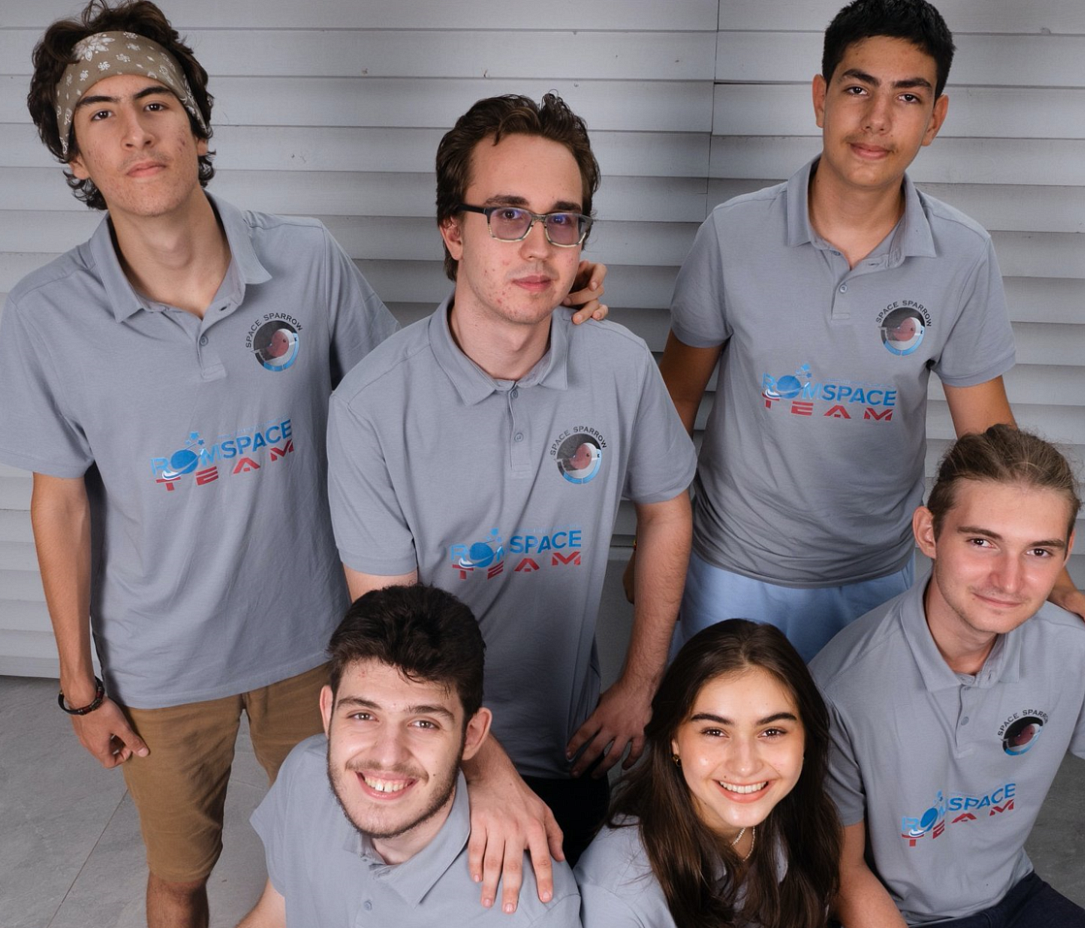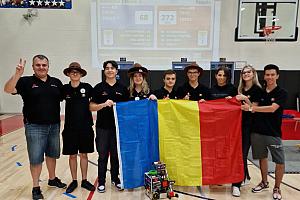SpaceX to launch microsatellite designed by Romanian high schoolers into space

A microsatellite designed by Romanian students will be launched into space with a SpaceX rocket in early 2023. SpaceX is an American spacecraft manufacturer and space launch provider founded and headed by billionaire Elon Musk.
Nicknamed the “Space Sparrow,” the ROM-2 (Romania Orbital Mission) is a 250-gram satellite designed and built by nine Romanian high schoolers between 15 and 18 years old.
The “Space Sparrow” is the first satellite of its kind that is made in Romania. Its young builders, reunited in the RomSpace team, will now travel to Glasgow to integrate their project into the Alba Orbital facilities ahead of the launch, which will happen sometime in the first trimester of next year.
The Alba Orbital company, the world leader in the construction and intermediation of microsatellite launches, signed an agreement with RomSpace, an initiative of students from the International High School of Informatics in Bucharest, for the launch into orbit of the ROM-2 microsatellite. The ROM-2 is the first Romanian cubesat, and will be part of the “Alba Cluster 7” mission that will go to space atop a SpaceX rocket in early 2023.
The satellite is 5cm in length, height, and width, and weighs only 250g, being the size of a Rubik cube. The cubesat contains a 2 MP camera meant to take pictures of Earth from space.
Launching microsatellites into space is vastly more inexpensive than launching normal-sized ones, which can reach 7 meters in length and be equipped with solar panels that extend another 50 meters. The largest satellites can weigh more than 1,000kg. Smaller satellites, by comparison, could pave the way to the democratization of outer space, allowing smaller organizations to do their own research in space.
The group of high school students decided to build their first pocket satellite (PocketQubes, or microsatellites) at Alba Orbital’s proposal.
“PocketQubes offer fantastic opportunities for STEM (Science, Technology, Engineering, and Mathematics) education because the financial barriers to space have been lowered significantly,” said Tom Walkinshaw, CEO of Alba Orbital quoted by Digi24.
"When I first became interested in nano and picosatellite systems more than three years ago, I knew I would be sending one of my own in the near future. I was impressed by the amount of technology that can fit in these small cubes," said Filip Buşcu, leader of the mission.
Alba Orbital has in its portfolio collaborations with more than 30 clients from three continents, including prestigious ones such as Stanford University, Carnegie Mellon University, and TU Delft.
(Photo source: Alba Orbital)













